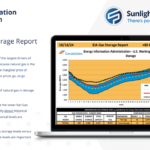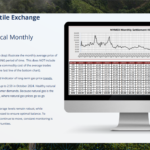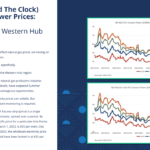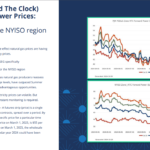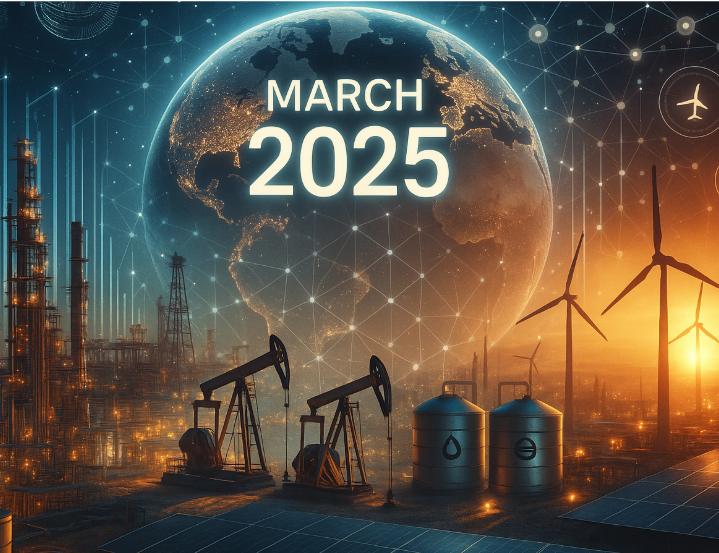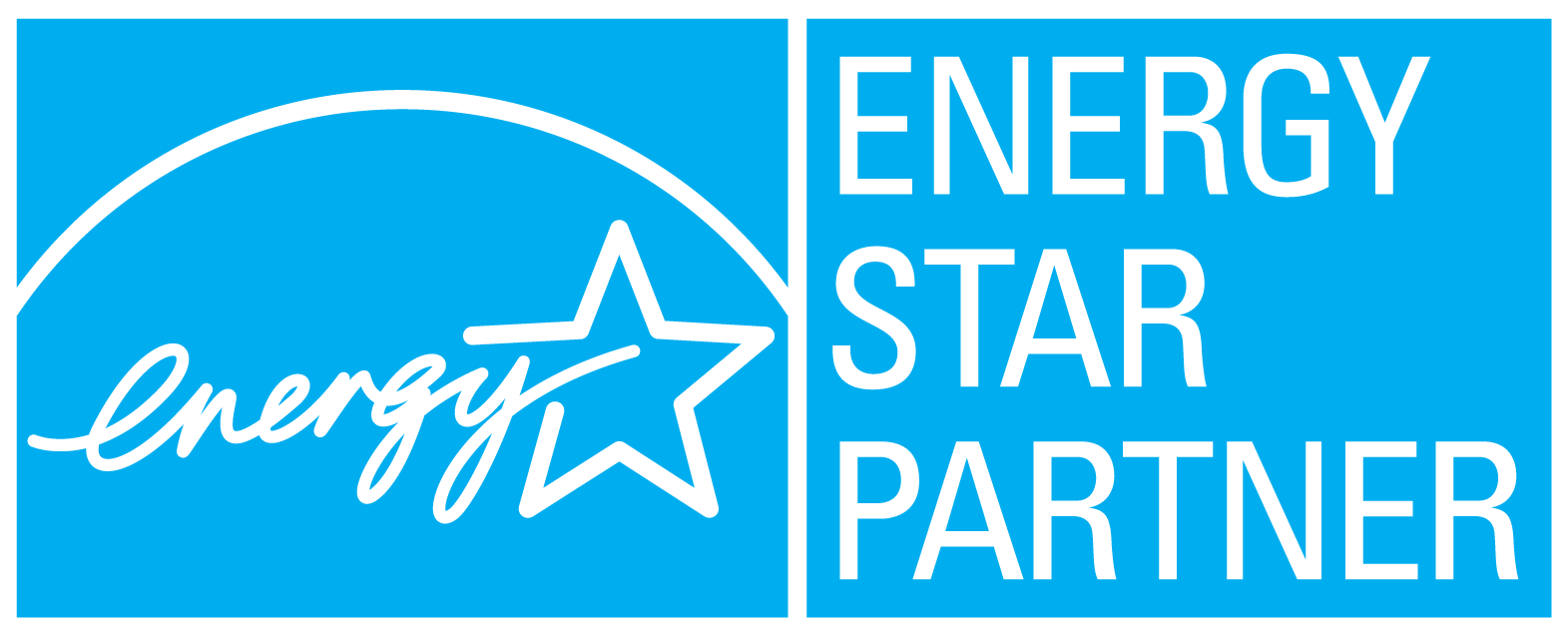In October, the natural gas market faced a range of dynamics, with prompt-month NYMEX futures prices settling at $2.31 per MMBtu—a $0.25 decline, suggesting weaker short-term demand due to mild fall weather. Production dipped to an average of 101.6 Bcf/day (billion cubic feet per day), down from last year’s 102.9 Bcf/day, while power generation demand rose slightly to 34.6 Bcf/day. Long-term strip prices for 2025-2029 signal moderate price increases, suggesting expectations of balanced supply-demand growth over time. The EIA anticipates a 79 Bcf (billion cubic feet) injection, consistent with seasonal norms, with end-of-season storage expected to hit 3.9-4.0 Tcf, indicating ample winter supply.
Bear Factors:
– Above-average temperatures across the eastern U.S. into mid-November are sustaining bearish conditions, as lower heating needs keep demand subdued. However, colder west coast temperatures could prompt localized demand increases.
– The EIA projects an injection of 79 Bcf, close to historical averages. End-of-season storage levels are anticipated to reach between 3.9-4.0 Tcf (trillion cubic feet), ensuring ample supply for winter. As of October 18, 2024, underground natural gas inventories reached 3,705 Bcf, standing 167 Bcf above the five-year average and 106 Bcf higher than the same time last year. With storage builds expected to exceed the 5-year average in coming weeks, additional downward pressure on prices is likely if mild conditions persist.
Bull Factors:
– Natural gas production dipped to an average of 101.6 Bcf/day, down from last year’s 102.9 Bcf/day, while power generation demand rose slightly to 34.6 Bcf/day. This decrease signals a possible tightening of supply, though it hasn’t significantly impacted prices yet due to generally moderate demand.
– Experts project a major increase in global power demand from AI, with data center electricity use expected to rise 160% by 2030. This shift could drive the U.S. and Europe to levels of electricity demand growth not seen in decades, requiring billions in grid investments and renewable energy development to keep up.
-A substantial increase in North American LNG export capacity is anticipated by 2030, with more than 13 Bcf/day expected from new projects across the U.S., Mexico, and Canada. This surge in capacity will likely reshape North American gas markets by intensifying demand, influencing domestic natural gas prices, and driving further investments in infrastructure.
Charts and graphs sourced from Constellation
